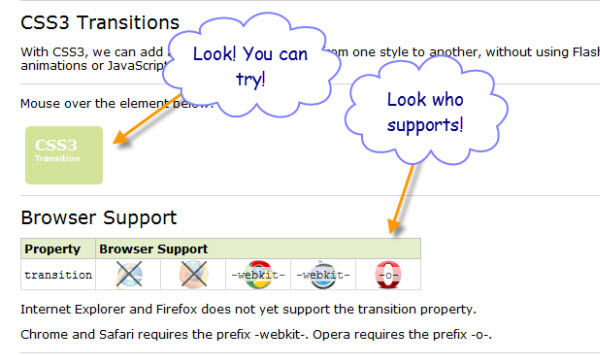I just finished my fourth chapter for my newest book for O’Reilly. I never feel a book is solid and real until the fourth chapter. By the fourth chapter, you have a book, not just an idea or outline.
My newest work is titled “Learning Node”, about Node, or Node.js for the purists among you. It’s a good fit with my other JavaScript books, and is focused on an interesting and rather fun technology.
I wasn’t sure about Node when it first came out. My very first JavaScript gig wasn’t client-side development, it was a server application for a company in Portland, Oregon. I can’t remember the name of the company, or even what the application was about (I have done a lot of contract work in the last 25 years) but I remember working with a contractor from Vietnam who is one of the nicest people I have ever worked with.
I also remember that server-side development with JavaScript died quickly, and there went another skill down the toilet. So when Node came around, I didn’t embrace it as profoundly as many people did.
In time, though, Node won me over. I like it—not in the giddy, bubbling-over-with-enthusiasm embrace I may have felt about server-side JavaScript (and Java, and EJB, and the earlier Cloud computing, and DHTML), but I like it. I think it’s useful. I think it is a very solid technology.
What won me over to Node? The fact that it’s based in JavaScript helped. I’m not going to join the effete in condemning JavaScript, because I like JavaScript. I think Dart is dead on arrival, and JavaScript is only going to get better over time. However, there’s also CoffeeScript for those who just can’t embrace JavaScript.
I like that we don’t have to worry about working with threads, that modules are the norm, and that Node doesn’t pretend to be the definitive solution for every problem. I also like the community support and how uncomplicated it is to create complicated applications. I don’t want to use “easy”, but Node doesn’t demand that the developer jump through an extraordinary number of loops to get a job done. For all the new geewhiz quality about Node, it’s a very pragmatic technology.
Node is also mature enough to last—no lost skills with it. The very fact that the creator of Node, Ryan Dahl, decided to step down as gatekeeper for Node, and his decision didn’t cause any earthquakes in the Node community, attests to the maturity of both the technology and the community.
The HTML5 community could learn a lot from the Node community in this regard.
If there’s a problem with Node is that many of the those who work with Node come from a Ruby/Rails/Extreme Programming background, and many of the concepts and explanations about Node reflect assumptions that can actually form a barrier to understanding. In some ways, Node can present itself as more complex than it really is, primarily because much of the terminology reflects a background that not everyone shares.
Another problem is that documentation is an interesting mix of the nonexistent, cryptic, and/or flippant—none of which is generally helpful. Then there’s the oddly peculiar “Node web style”, with web sites in dark gray backgrounds with pale gray writing, (or white background with pale tan/green/gray writing) where the only way you can see the text is by turning up the brightness of your monitor until your head hurts.
Still, times are a changing. Cloud9’s new new Node Manual web site is a solid start in the right direction, and I have high hopes for the official Node.js site, too.
Then there’s my book, which I’m sure you’ll want—if for no other reason in that it’s a nice break from me bitching about HTML5.



